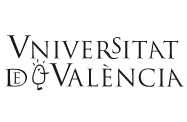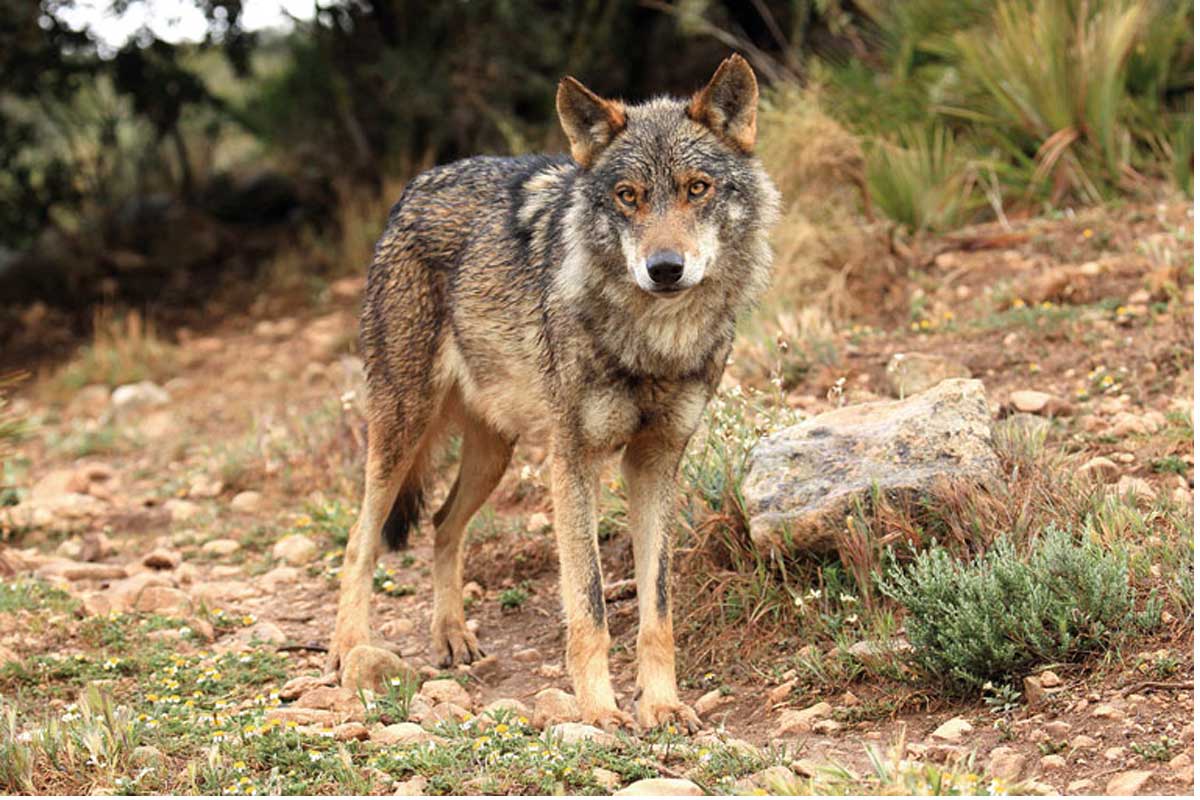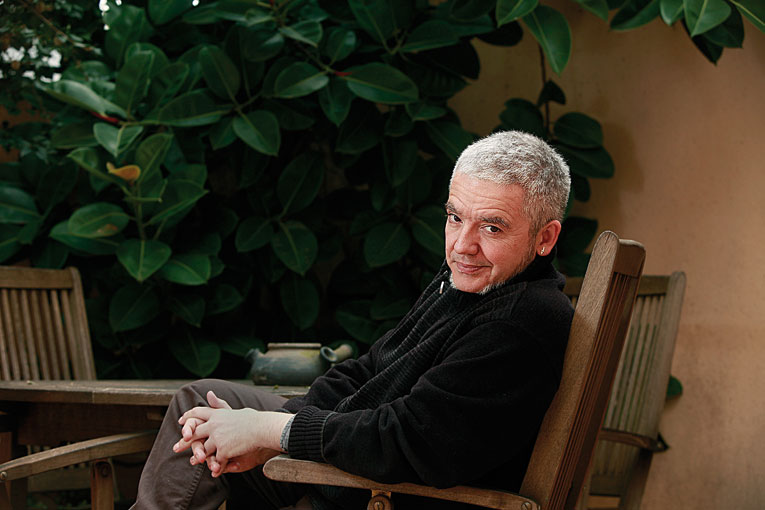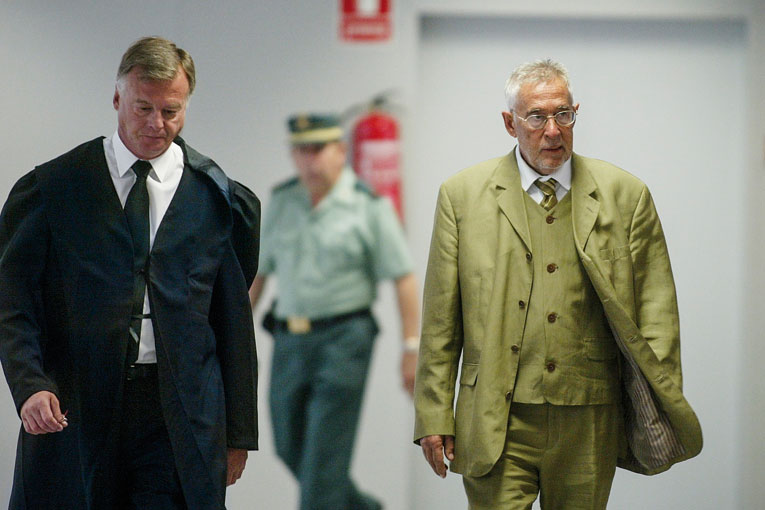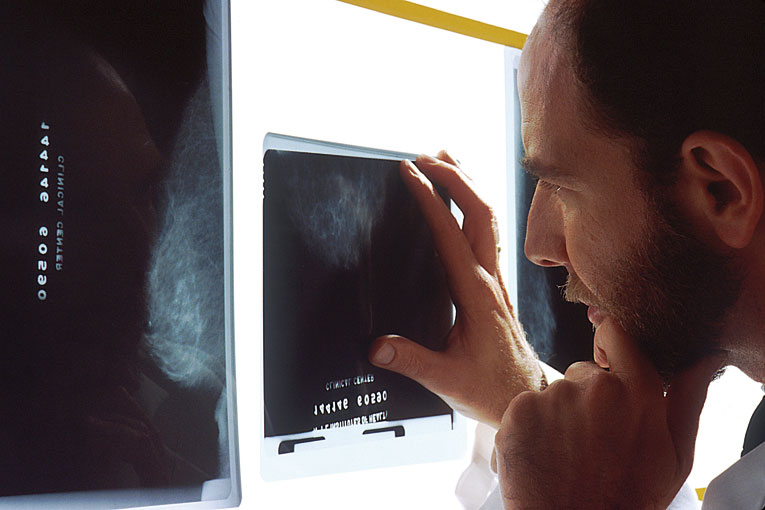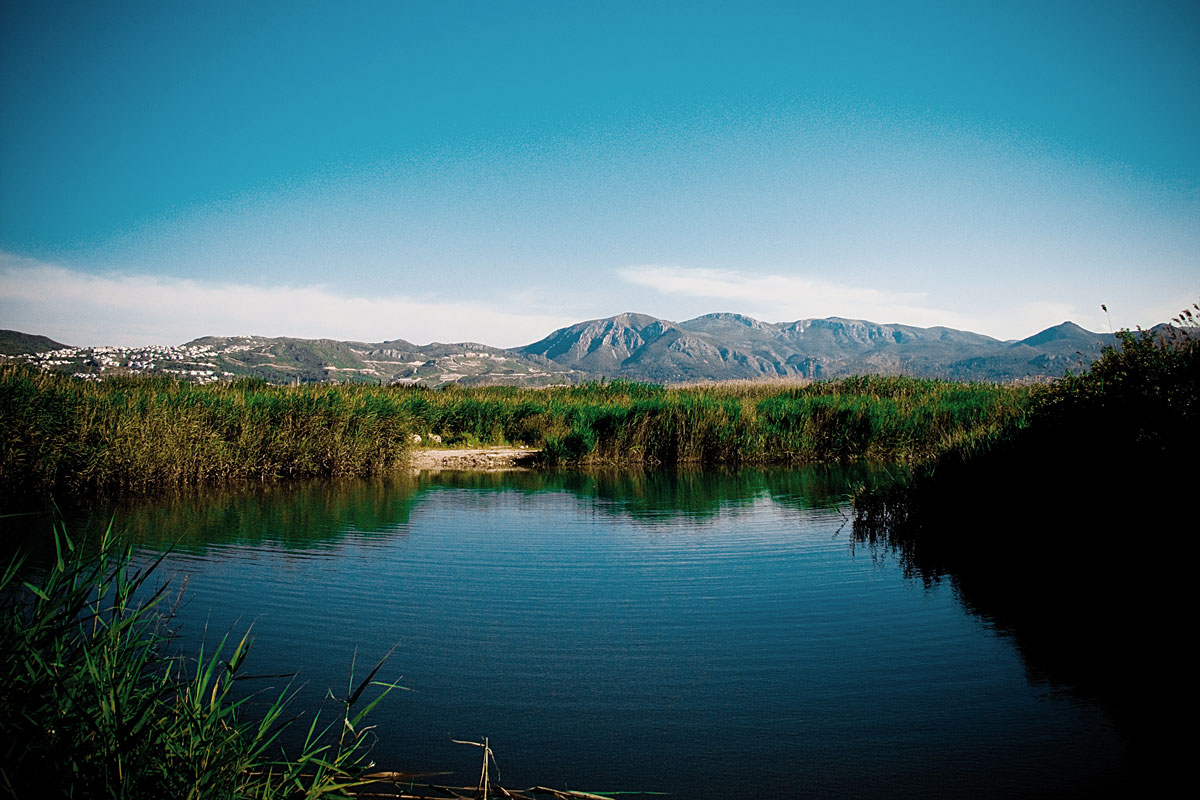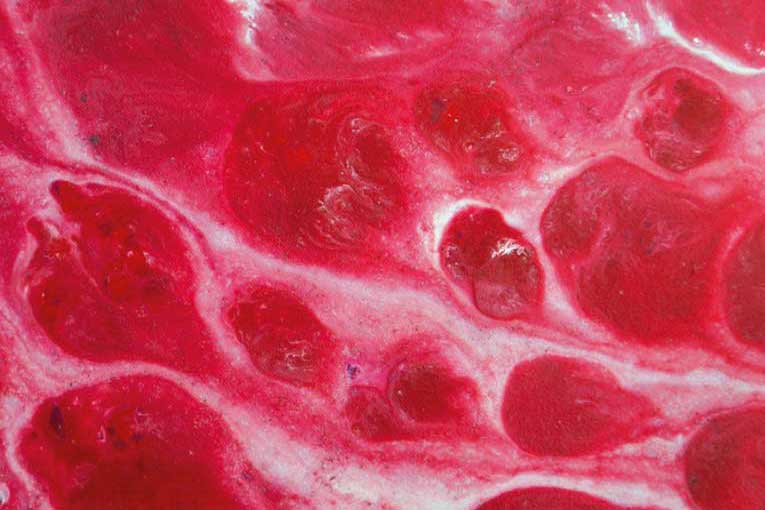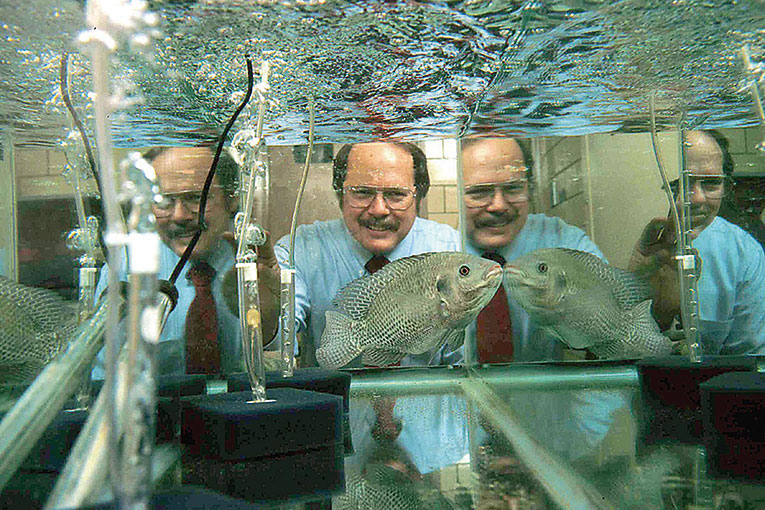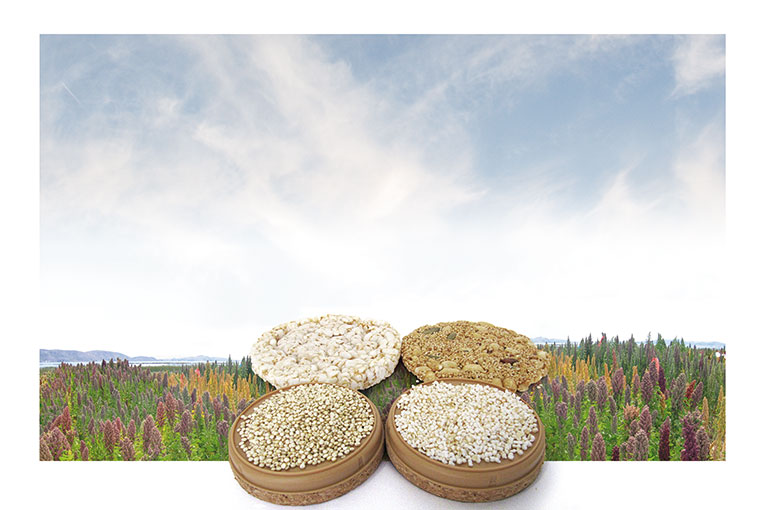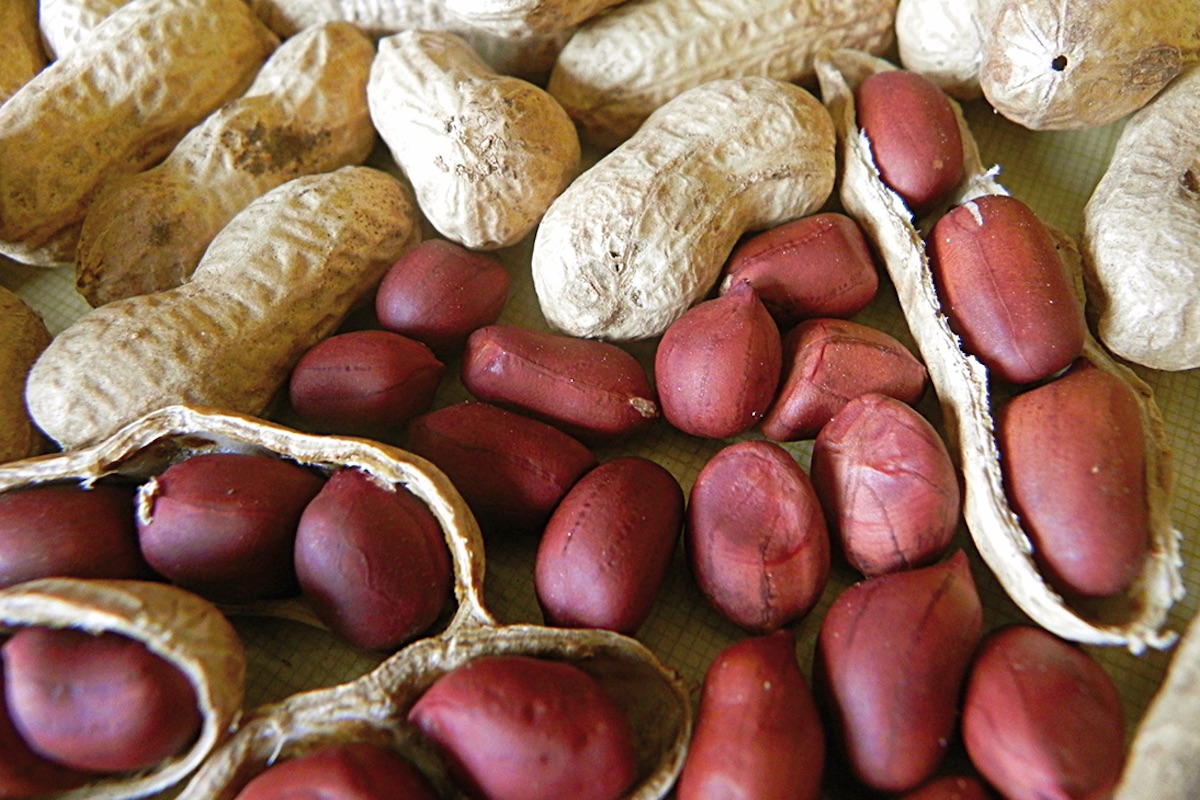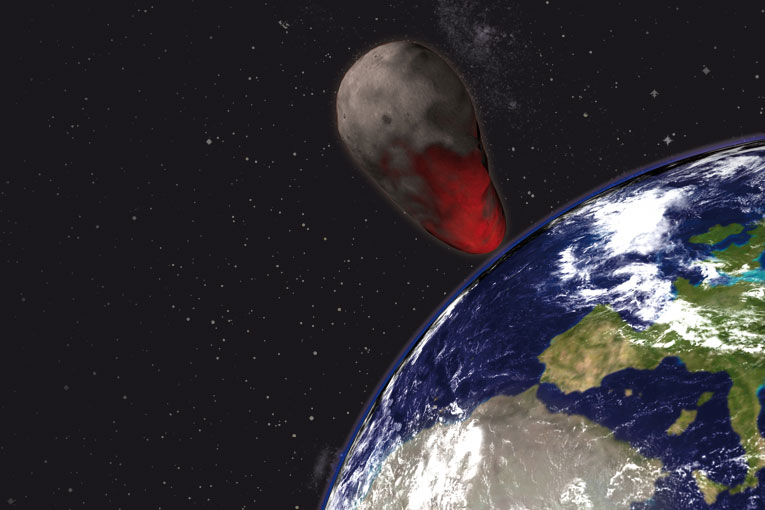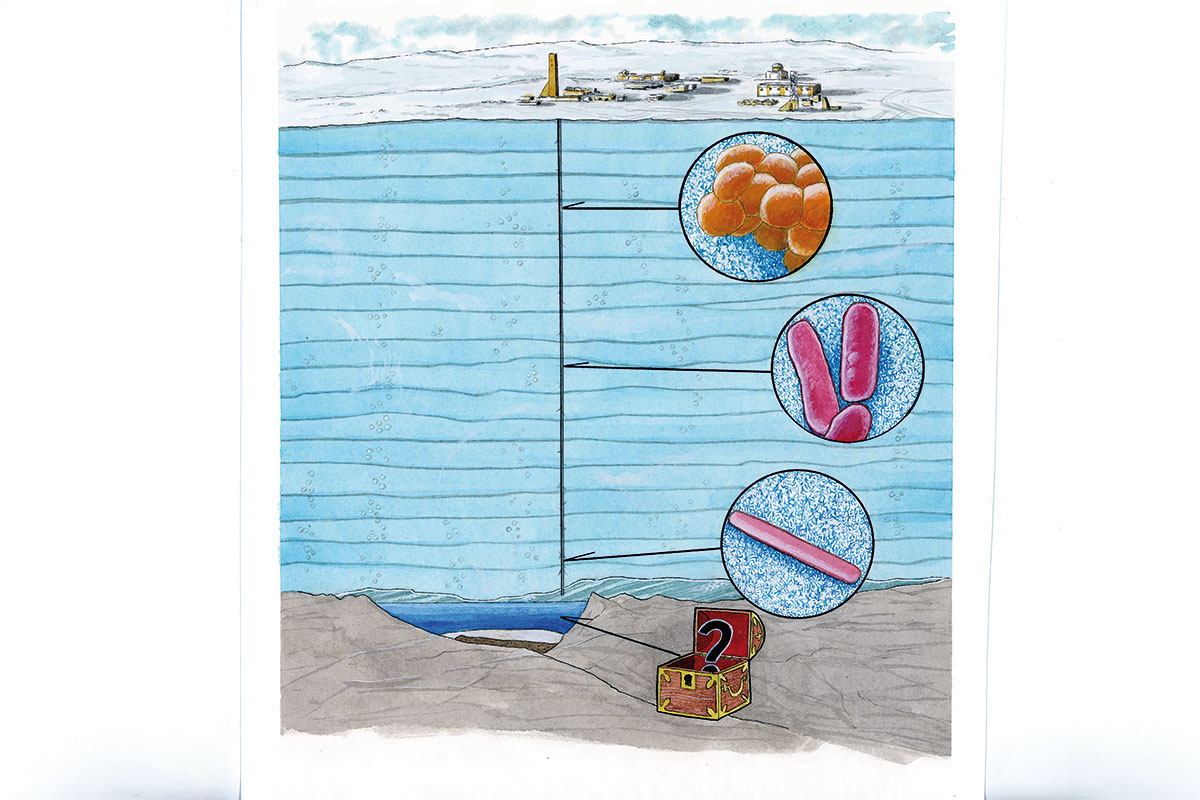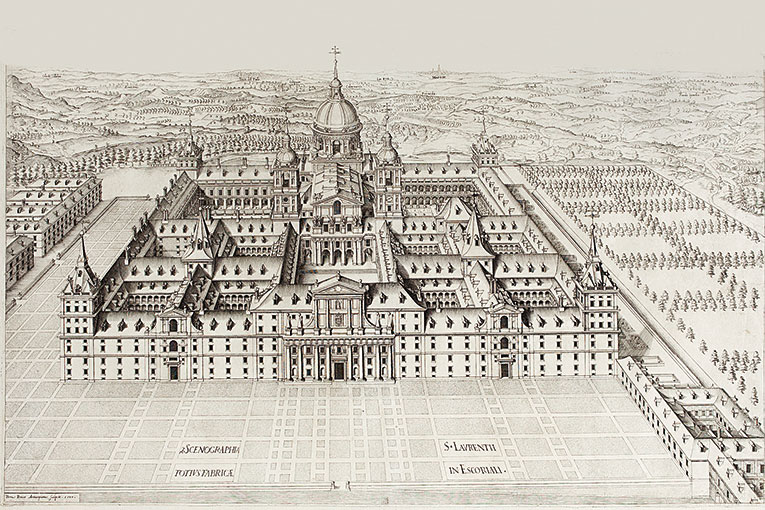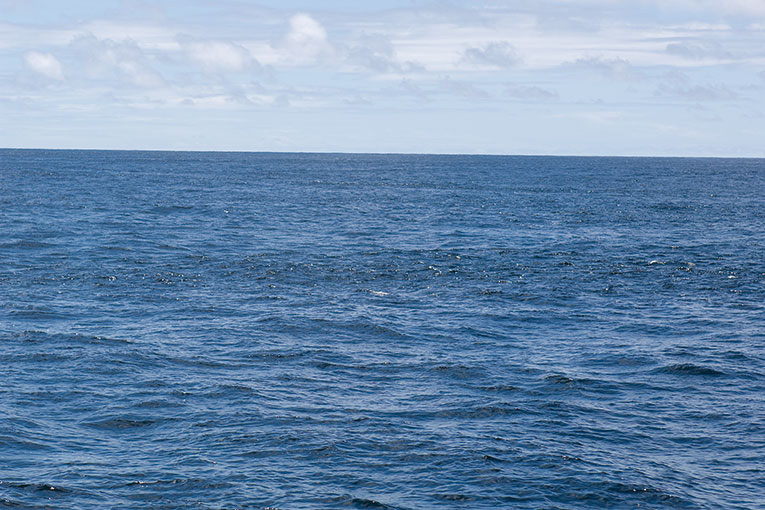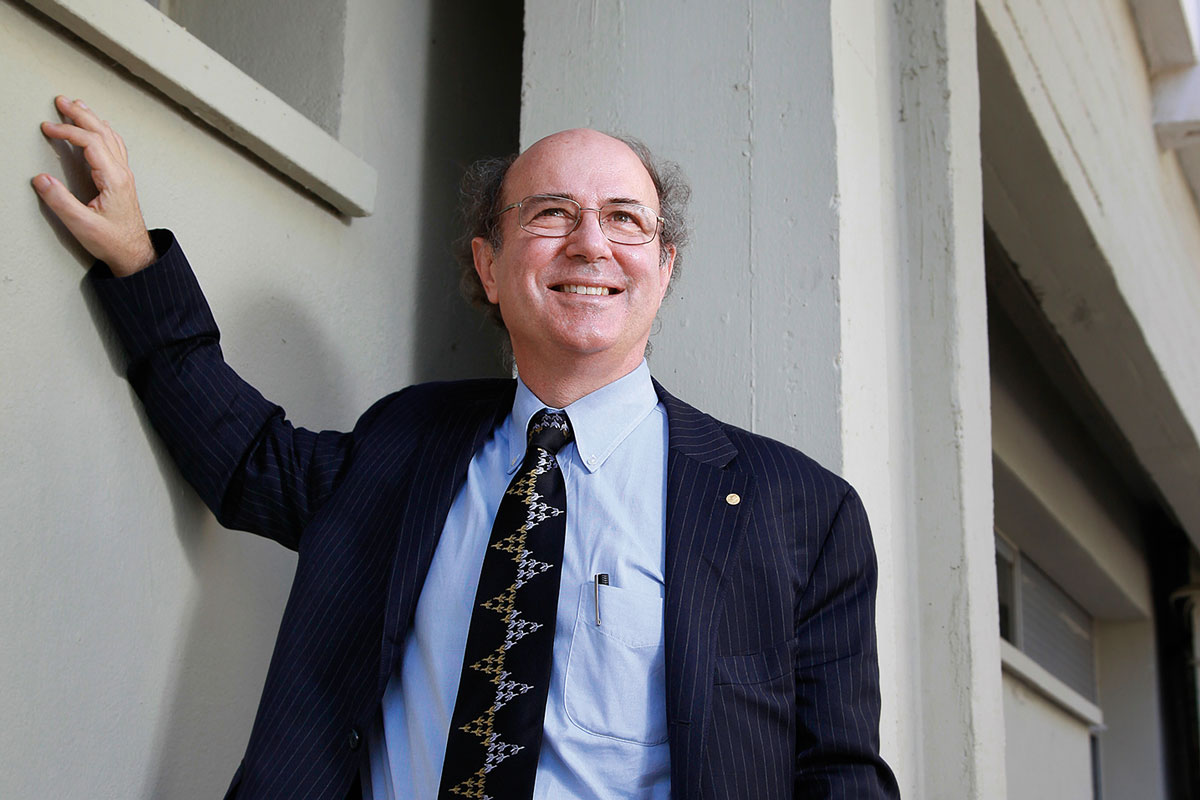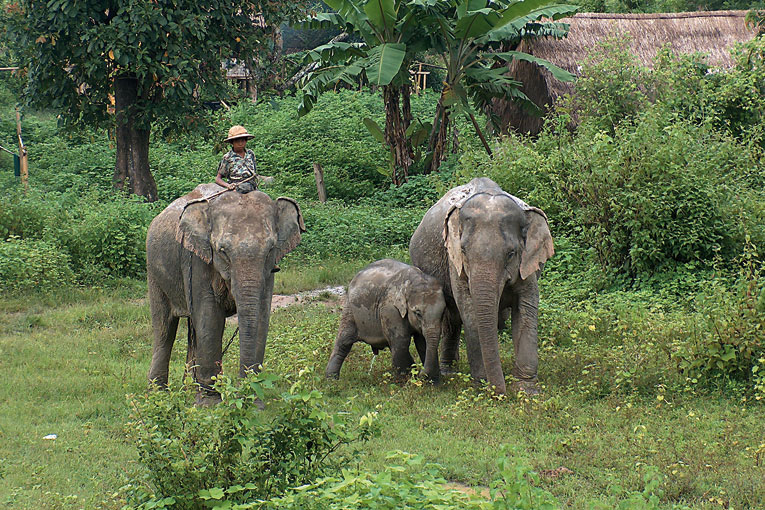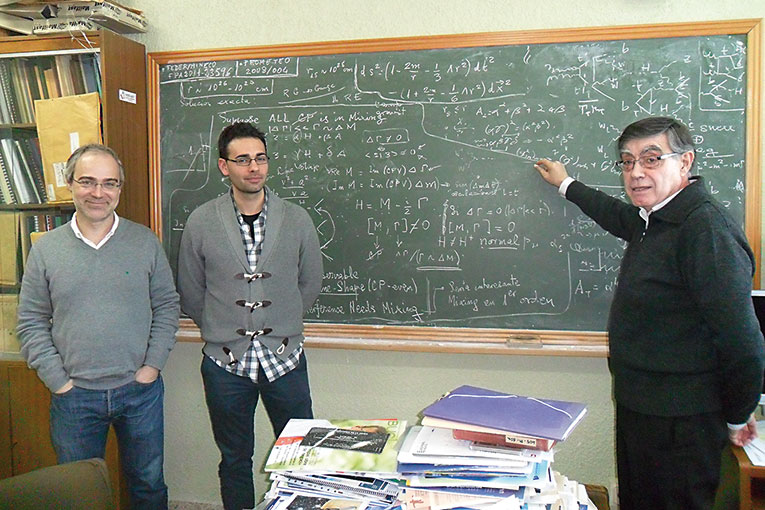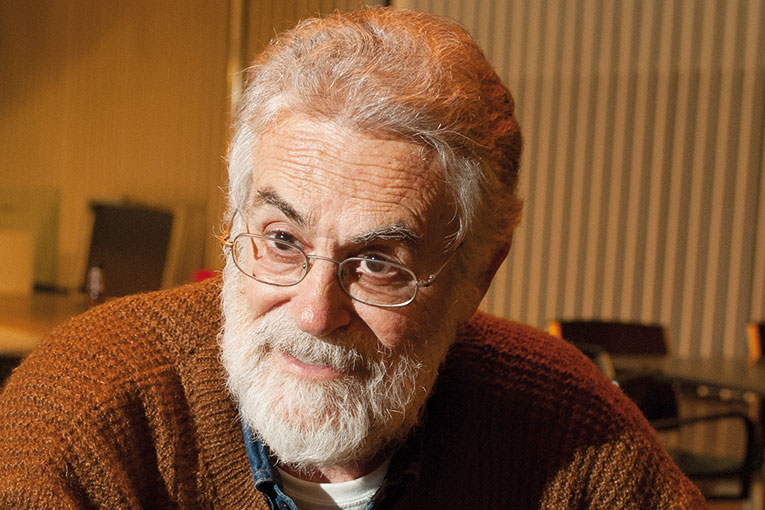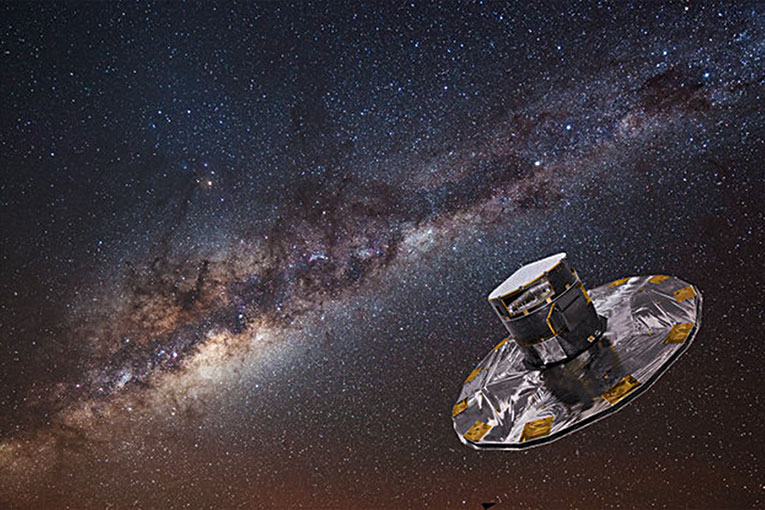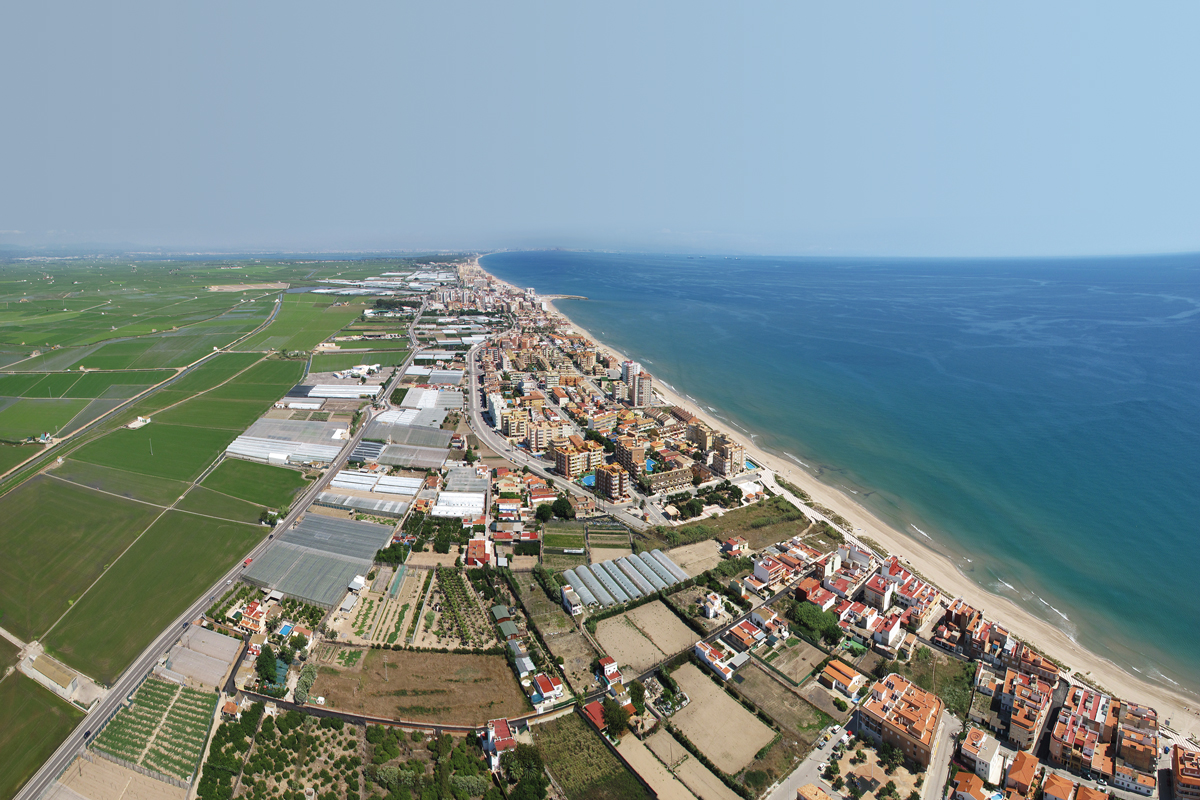Search
Màrius Serra obtained the Sant Jordi Award on December with his book Plans de futur (Future Plans), his first venture into novels since the publishing, in 2008, of Quiet (Still),
The last two decades have witnessed the widespread use of genetic testing in courtrooms, to identify criminals from biological remains, determine paternity or identify corpses. Less is known, however, about
In recent decades, oncohematology has witnessed major advances in cancer treatment and survival. The toxicity associated with classical chemotherapy, and the need to improve the efficacy and tolerance to treatment,
Evolutionary biologist Theodosius Dobzhansky reflected on the place held by evolutionary theory in modern biology in the title of his famous article: «Nothing in biology makes sense except in the
2013 is the year of quinoa as declared by the United Nations. Quinoa, quinuao kinwa (Chenopodiumquinoa) is a plant that belongs to the same family of beets and spinach. But,
The Valencian peanut is a very particular species. In these article, we review some of these particularities, which we must take into account to grow it in our orchard.
Concerning the alleged Mayan apocalypse prophecy, a friend of mine asked: «Well, after this new fiasco, what’s the next scheduled end of the world?» Lists abound on the Internet compiling
At the centre of Antarctica, under Russian Vostok Station (Vostok being Russian for East), and very close to the South Pole, there is an enormous, elongated lake of around 14,000
Philip II of Spain was instructed in humanism, was an Erasmus reader and a loved magic and occultism books. He had a soft spot for architecture and geometry, he knew
In education, urban planning, sustainability, in any domain, we tend to slide down the anecdotal slope of casuistry. Everything becomes a specific case.
Frank Wilczek (New York, 1951) is a rather unconventional individual. To begin with, his outfit does not fit –a hat and tie together with trainers– and this impression is proven
We have been aware from the 19th century of the importance of predation and rivalry between species in nature as predominant forces for natural selection. Darwinian thesis, the great paradigm
I must confess it: Physics has always filled me with a feeling of respect. I would be lying if I did not admit that thinking about some of its mysteries has
«If there is water on a planet, there is a great chance of finding life»
Interview with Ricardo Amils
When you hear an expression with such poetic connotations like «the limits of life», it is likely that the last thing that comes to our minds are the microorganisms that
On a cloudless and moonless quiet night and, above all, away from the city's light pollution, the beauty of the sky fascinates us. This is why, ever since ancient times,
